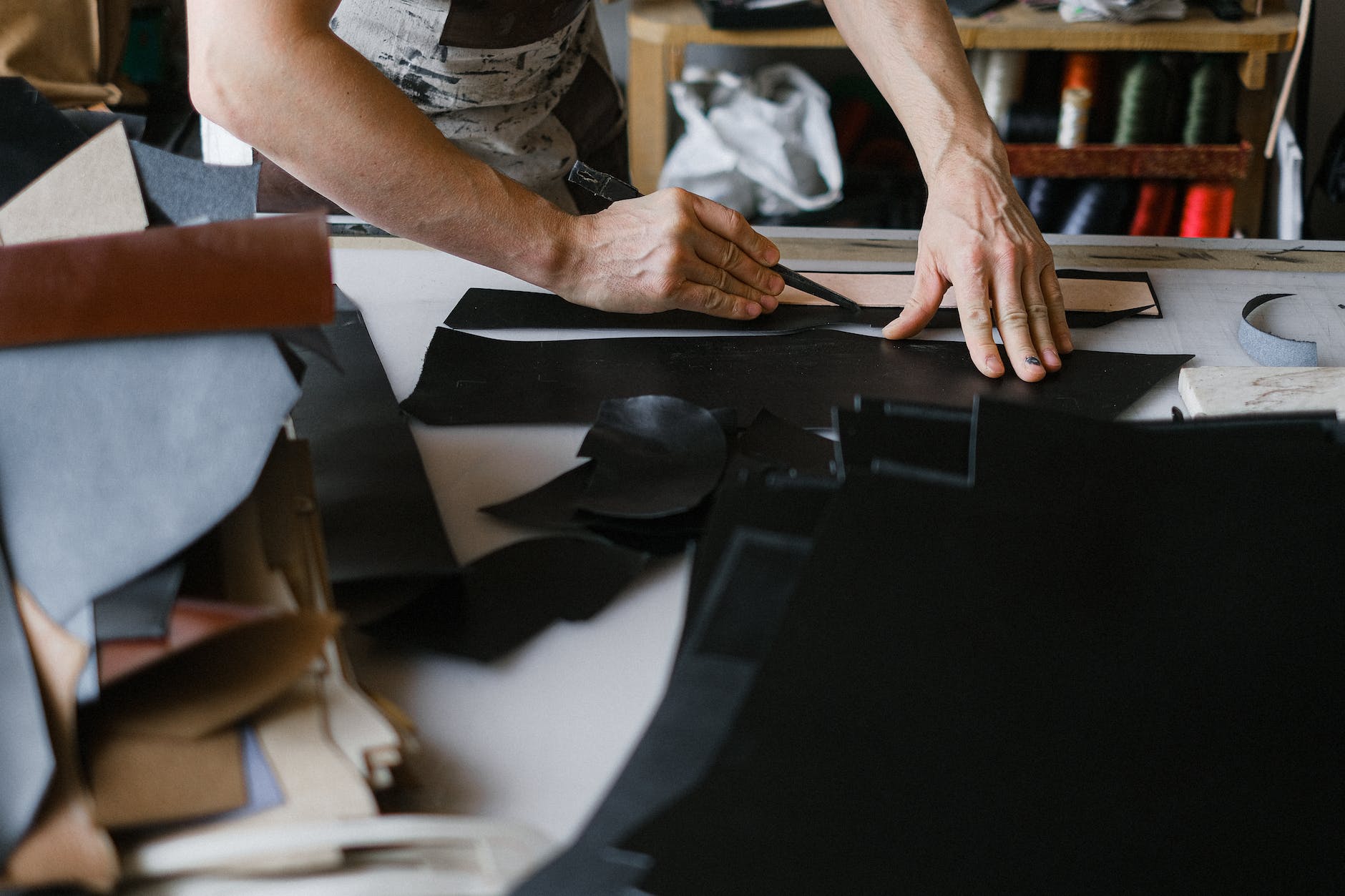Leatherworking for Novices: Embarking on a Creative Journey
Selecting Quality Starting Leather and Supplies
The foundation for enjoying leatherworking as a beginner starts with procuring decent tools and materials to avoid frustrations from issues like cheap hides and dull blades.
Look for full grain 4-6 oz cowhide for tooling projects. Avoid thin scraps prone to tearing until hands gain dexterity. A starter kit provides beginner-friendly needles, thread, dye, stencils, and a swivel knife to get going without confusion.
Quality tools properly cared for equip novices for success instead of fighting against faulty equipment on top of the learning curve challenges. Taking things slow helps build confidence.
Helpful First Projects for Beginners
Simple starter leatherworking projects help build dexterity without overwhelming complexity. Useful ideas include:
- Coasters to practice basic finishing and decorative edge stitching
- Keychains using hole punches and snaps
- Bookmarks cut into geometric shapes then tooled
- Card wallets with pockets requiring only straight stitching
- Pet collars using precut strips, snaps and o-rings
- Key fobs with stamped initials or icons make great personalized gifts
Successfully completing small pieces motivates taking next steps up in technique. Patience pays off.
Must-Have Measuring and Marking Tools
Precision comes from properly measuring and marking project patterns before cutting into leather. Useful tools include:
- Metal ruler with beveled edge prevents cutting inaccuracies
- Flexible tape measure for marking rounded lengths
- Right angle square sets straight lines
- Scribe and scratch awl marks patterns sans ink stains
- White chalk or wax markers temporarily draw lines and labels
Accurate marking prevents costly cutting errors. Measure twice, cut once as the adage advises.
Pro Tips for Cutting Leather
Cutting leather demands special care and equipment for clean slices. Helpful tips include:
- Use an X-Acto or scalpel blade refreshed before starting
- Secure leather and cut only on self-healing mats
- Keep spare blades on hand; they dull quickly on dense leather
- Take care on curves; go slowly with small strokes
- Skive edges before gluing and stitching for flexibility
- Keep cuts perpendicular; angling drags and tears leather
Sharp fresh blades prevent most beginner cutting troubles. Dullness causes rough edges and pivoting mishaps.
Edge Finishing Techniques
Burnishing and painting edges makes projects feel complete and withstand wear. Key tips:
- Trim rough areas first with fine sandpaper for a smooth surface
- Use applicators like sponges for full edge coverage when dyeing
- Burnish vigorously using canvas cloth to friction polish edges
- Mask off surfaces when applying edge dyes to avoid messy drips
- Seal edges with wax or edge coatings like gum tragacanth
With practice, burnishing becomes a favorite finishing step creating visible satisfaction.
Helpful Skills for Dyeing and Coloring
Leather dyeing expands creative possibilities but requires care to achieve flawless even saturation and avoid streaks or stains. Key tips:
- Always test dyes on leather scraps first before applying to projects
- Wear protective gloves and work in a ventilated area
- Build even coats using sponges; avoid over-handling until dried
- Spirit stains add antique patinas in layers
- Seal in colors and protect leather using finishing wax
Patience and testing lets colors take on a rich flawless quality without splotchiness.
Troubleshooting Mistakes as Learning Opportunities
Don’t get frustrated by beginner mishaps and imperfections. Analyze issues as they arise to gain insights for improvement:
- Ragged cuts mean the blade requires replacement
- Ink stains can get removed with rubbing alcohol
- Overly thin dye coats cause uneven blotchiness
- Cracking finish signifies too thick acrylic application
- Puckered leather means you pulled too tight while stitching
Every misstep provides useful information to enhance skills. Curiosity and resilience overcome initial hurdles.
Leatherworking opens up a meaningful hobby for lifelong growth. With keen blades, patience, and care, beginners can craft beautiful personalized leather goodsimbued with mindful attention. Setting pride aside allows enjoyment of small incremental daily improvements that compound over time into cherished abilities bringing utility, beauty, and character to life.
